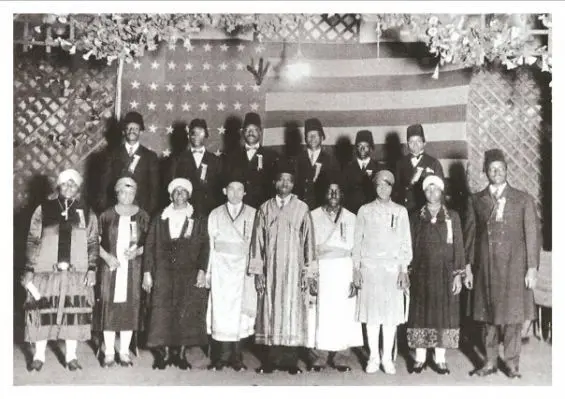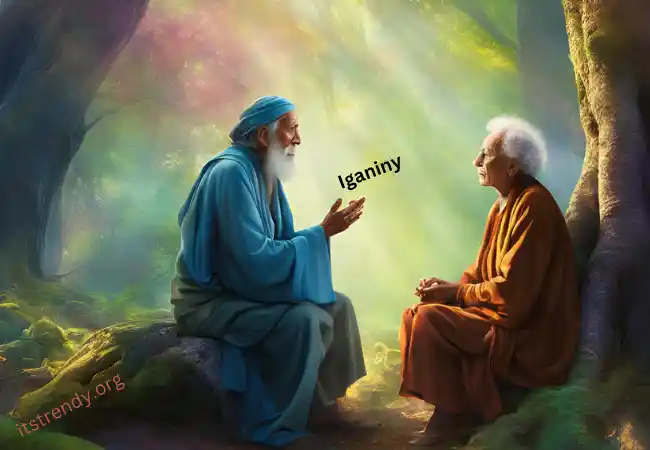Astrology And the Art of Storytelling: Celestial Wisdom
The connection between astrology and the art of storytelling is as ancient as the stars themselves. For millennia, humans have looked to the heavens for guidance, inspiration, and meaning. This cosmic fascination has naturally found its way into our stories, myths, and legends. In this article, we’ll explore the fascinating intersection of astrology and the art of storytelling, uncovering how celestial wisdom enhances narrative craft and captivates audiences across cultures and generations.
The Historical Connection Between Astrology and Storytelling
Ancient Myths and Constellations
Long before the written word, our ancestors used the night sky as a canvas for their stories. Constellations became characters in grand celestial dramas, with each culture interpreting the stars through its unique lens.
- The Greeks saw Orion as a mighty hunter
- Native American tribes viewed the Big Dipper as a great bear
- Chinese astronomers saw the stars of Sagittarius as a tortoise
These stellar narratives served multiple purposes:
- They helped people remember star patterns
- They conveyed cultural values and beliefs
- They explained natural phenomena
Astrological Themes in Literature
As writing systems developed, astrology and the art of storytelling became even more intertwined. Many classic works of literature incorporate astrological themes:
- Shakespeare frequently referenced astrology in his plays
- Dante’s “Divine Comedy” structured its cosmology around astrological concepts
- Modern authors like Isabel Allende often use astrological symbolism in their narratives
How Astrology Enhances Storytelling
Character Development
One of the most significant contributions of astrology to the art of storytelling is in character development. Astrological archetypes provide writers with a rich tapestry of personality traits, motivations, and potential conflicts.
The Zodiac as Character Templates
Each zodiac sign offers a unique set of characteristics that can inspire complex, multi-dimensional characters:
- Aries: Bold, impulsive protagonists
- Taurus: Steadfast, stubborn supporting characters
- Gemini: Quick-witted, unpredictable antagonists
- Cancer: Nurturing, emotionally-driven narrators
By blending these traits, writers can create characters that feel both familiar and unique to readers.
Plot Structure and Narrative Arcs
Astrology’s cyclical nature lends itself well to storytelling structures. The concept of planetary transits and aspects can inform plot development and character arcs.
The Hero’s Journey and Astrological Cycles
Joseph Campbell’s monomyth, or the Hero’s Journey, aligns remarkably well with astrological cycles:
- The Call to Adventure (New Moon)
- Trials and Tribulations (Waxing Moon)
- The Supreme Ordeal (Full Moon)
- Return with the Elixir (Waning Moon)
Writers can use these cosmic rhythms to create stories that resonate on a deep, almost unconscious level with readers.
World-Building
For fantasy and science fiction authors, astrology offers a wealth of inspiration for world-building. Imaginary planets, unique zodiac systems, and celestial magic can all add depth and intrigue to fictional universes.
Astrological Archetypes in Storytelling
The Sun Sign as the Hero’s Core
In the realm of astrology and the art of storytelling, a character’s sun sign often represents their essential nature or the core of their personality. This can serve as a starting point for character development:
- Leo protagonists might struggle with pride and the need for recognition
- Pisces characters could grapple with boundaries and escapism
- Capricorn figures might face challenges related to ambition and responsibility
Moon Signs and Emotional Landscapes
While the sun sign represents a character’s outward personality, their moon sign in astrology can inform their inner emotional world. This adds depth to character motivations and reactions:
- A Scorpio moon might indicate hidden passions or deep-seated fears
- An Aquarius moon could suggest emotional detachment or unconventional thought patterns
- A Cancer moon might manifest as strong nurturing instincts or mood swings
Rising Signs and First Impressions
In astrology, the rising sign (or ascendant) represents how others perceive an individual at first glance. In storytelling, this can be used to create intriguing contrasts between a character’s outward appearance and their true nature:
- A character with an Aries rising might appear brash and confident, even if their sun sign suggests a more reserved nature
- A Libra rising could give a character a charming, diplomatic facade that masks inner turmoil
Astrological Elements in Plot Development
Elemental Influences
The four elements of astrology (fire, earth, air, and water) can guide plot development and conflict creation:
- Fire (Aries, Leo, Sagittarius): Action-driven plots, conflicts centered around passion and ambition
- Earth (Taurus, Virgo, Capricorn): Practical challenges, conflicts related to resources or stability
- Air (Gemini, Libra, Aquarius): Intellectual pursuits, conflicts arising from communication or ideological differences
- Water (Cancer, Scorpio, Pisces): Emotional journeys, conflicts stemming from relationships or inner turmoil
Planetary Retrogrades as Plot Twists
In astrology, planetary retrogrades are periods when planets appear to move backward from Earth’s perspective. In storytelling, these can inspire unexpected plot twists:
- Mercury retrograde: Communication breakdowns, misunderstandings
- Venus retrograde: Relationship upheavals, reassessment of values
- Mars retrograde: Delays in action, redirected energy
Astrology in Different Genres
Romance
In romance novels, astrology and the art of storytelling often intertwine to create compelling love stories. Astrological compatibility between characters can drive the plot:
- Star-crossed lovers with challenging astrological aspects
- Unexpected connections between seemingly incompatible signs
- Character growth aligned with astrological progressions
Mystery and Thriller
Astrological elements can add layers of intrigue to mystery and thriller plots:
- Serial killers targeting victims based on zodiac signs
- Detectives using astrological knowledge to solve crimes
- Cosmic events coinciding with major plot points
Fantasy and Science Fiction
In speculative fiction, the connection between astrology and the art of storytelling can be taken to new heights:
- Magic systems based on celestial movements
- Alien cultures with unique astrological beliefs
- Time travel narratives guided by astrological cycles
Practical Applications for Writers
Character Worksheets
Writers can create detailed character profiles using astrological elements:
- Determine the character’s sun, moon, and rising signs
- List key traits associated with these signs
- Identify potential conflicts based on astrological incompatibilities
- Map out character arcs aligned with astrological transits
Plot Outlining
Astrological cycles can provide a framework for plot development:
- Use lunar phases to structure chapter progression
- Align major plot points with significant astrological events
- Create subplots based on planetary aspects
World-Building Techniques
For fantasy and science fiction authors, astrology offers rich world-building possibilities:
- Design unique zodiac systems for alien cultures
- Create celestial magic systems with specific rules and limitations
- Develop religions or philosophies based on astrological concepts
The Psychology Behind Astrological Storytelling
Archetypes and the Collective Unconscious
Carl Jung’s concept of the collective unconscious aligns closely with astrological archetypes. By tapping into these universal symbols, writers using astrology in the art of storytelling can create narratives that resonate on a deep psychological level.
The Power of Symbolism
Astrological symbols carry weight across cultures and time periods. Incorporating these symbols into storytelling can:
- Add layers of meaning to the narrative
- Create subtle foreshadowing
- Enhance thematic elements
Reader Engagement and Self-Reflection
Stories infused with astrological elements often encourage readers to reflect on their own lives and personalities. This personal connection can lead to:
- Increased reader engagement
- Greater emotional investment in characters
- Enhanced memorability of the story
Ethical Considerations and Potential Pitfalls
Avoiding Stereotypes
While astrological archetypes can be useful tools, writers must be cautious not to rely too heavily on stereotypes. Characters should be well-rounded and complex, transcending simple sun sign descriptions.
Cultural Sensitivity
Different cultures have varying relationships with astrology. Writers should research and respect these differences when incorporating astrological elements into their stories.
Balancing Astrological Elements with Good Storytelling
While astrology and the art of storytelling can create powerful narratives, it’s crucial not to let astrological concepts overshadow fundamental storytelling principles. The astrological elements should enhance, not replace, solid plot structure, character development, and thematic exploration.
Conclusion
The intersection of astrology and the art of storytelling offers a rich tapestry of possibilities for writers across genres. By understanding and thoughtfully incorporating astrological elements, authors can create deeper characters, more resonant plots, and immersive worlds that captivate readers on multiple levels.
As we continue to look to the stars for inspiration, the ancient practice of astrology remains a powerful tool in the modern storyteller’s arsenal. Whether used subtly or as a central theme, the cosmic wisdom of astrology can elevate narratives, creating stories that truly reach for the stars.







